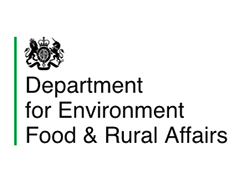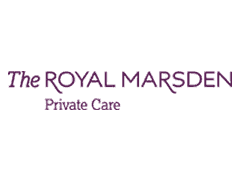We are going to share 19 B2B tips for digital marketing to help support businesses through this strange time.
19 B2B Tips for COVID-19
Multilingual Marketing
15 languages
To date, ExtraDigital have developed digital experiences in over 15 languages, from Arabic to Chinese, German to Japanese. We also boast, native in-house speakers for key languages.
Looking to expand into new markets?
Our Blog
The Importance of PPC Keyword Research in 2025
PPC Keyword Research isn’t just important; it’s the backbone of any successful campaign. Without it, you're throwing darts in the…- Key Trends, Challenges and Opportunities TikTok dominated the social media industry in 2024, with its engaged user base and innovative…
The Ultimate Guide to Selling Your Products on Meta Commerce platforms
How businesses use Meta commerce platforms to sell products effectively In today's digital age, Meta's platforms, especially Facebook and Instagram,…
Get in touch
Please be sure to tell us as much about your project as possible. Once we have received your enquiry, a member of our experienced team will get back to you to discuss your requirements.










